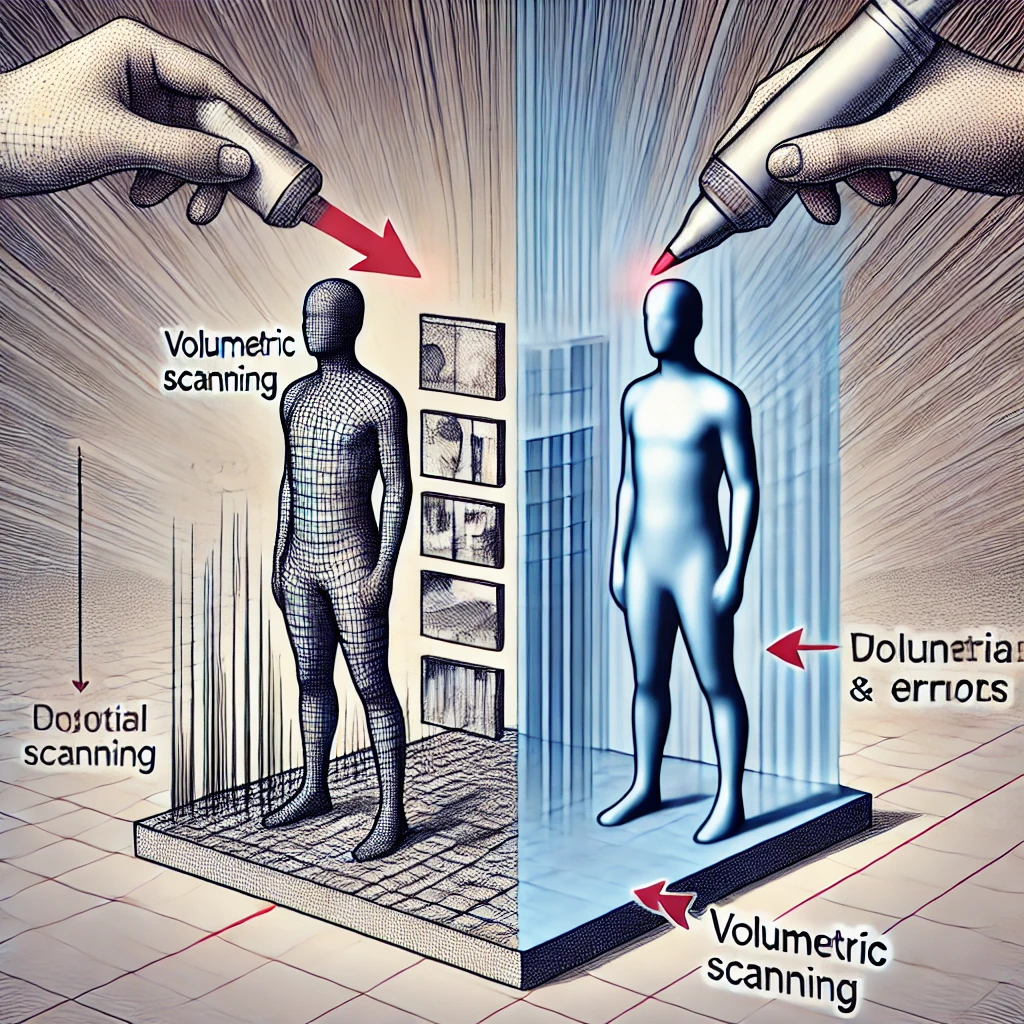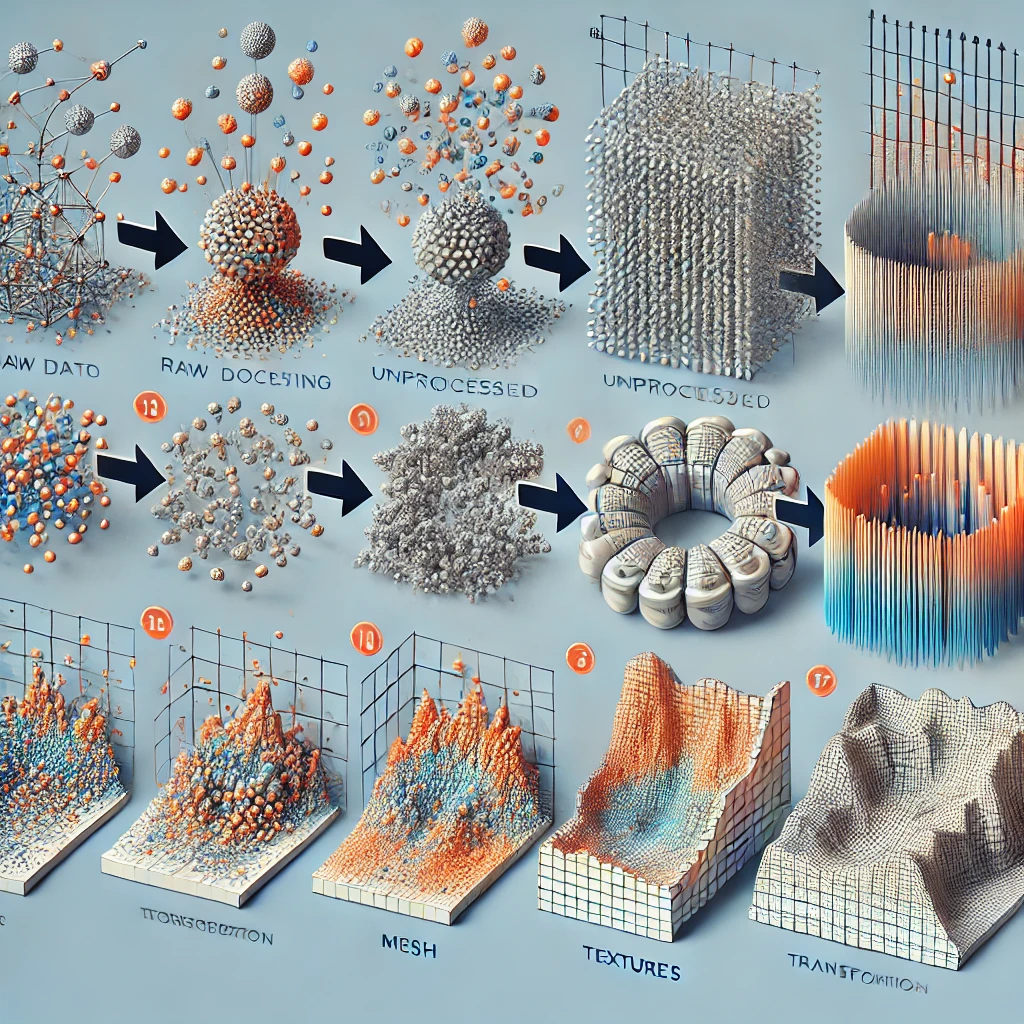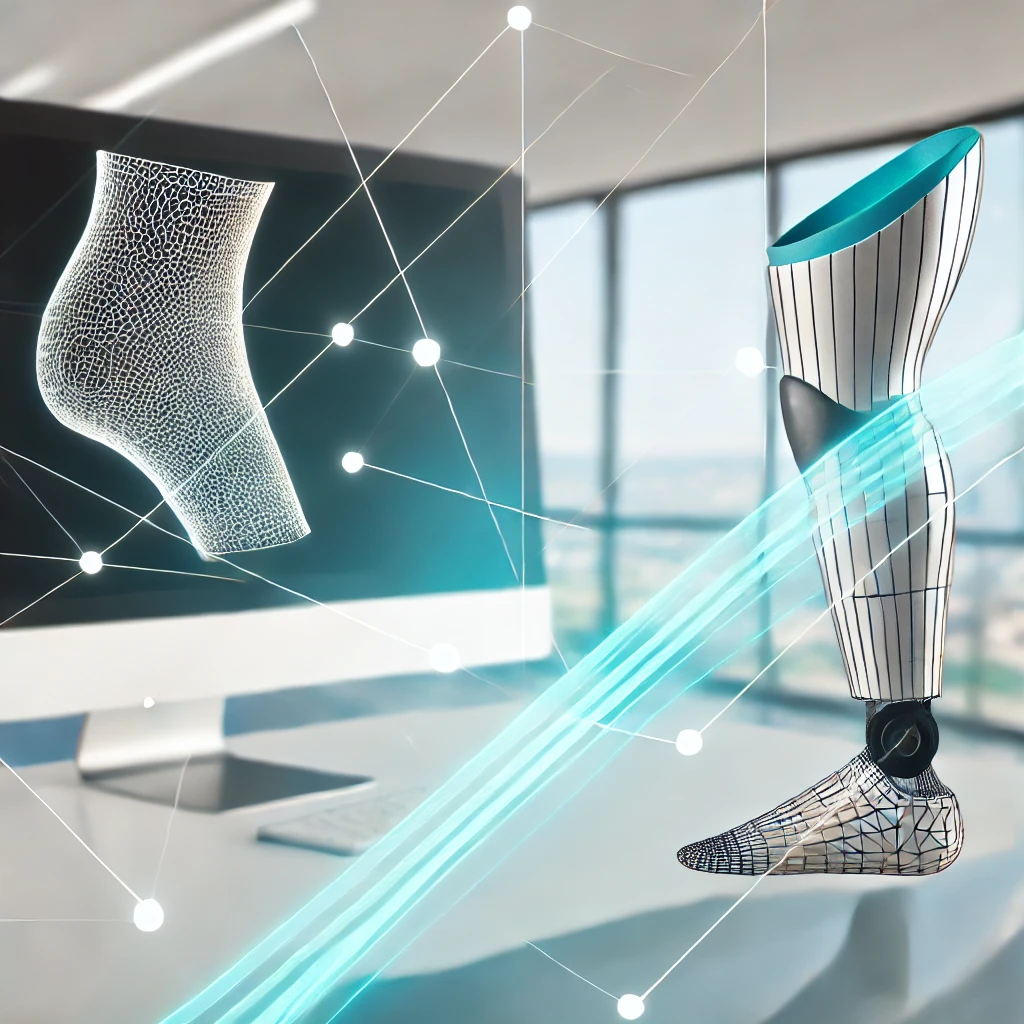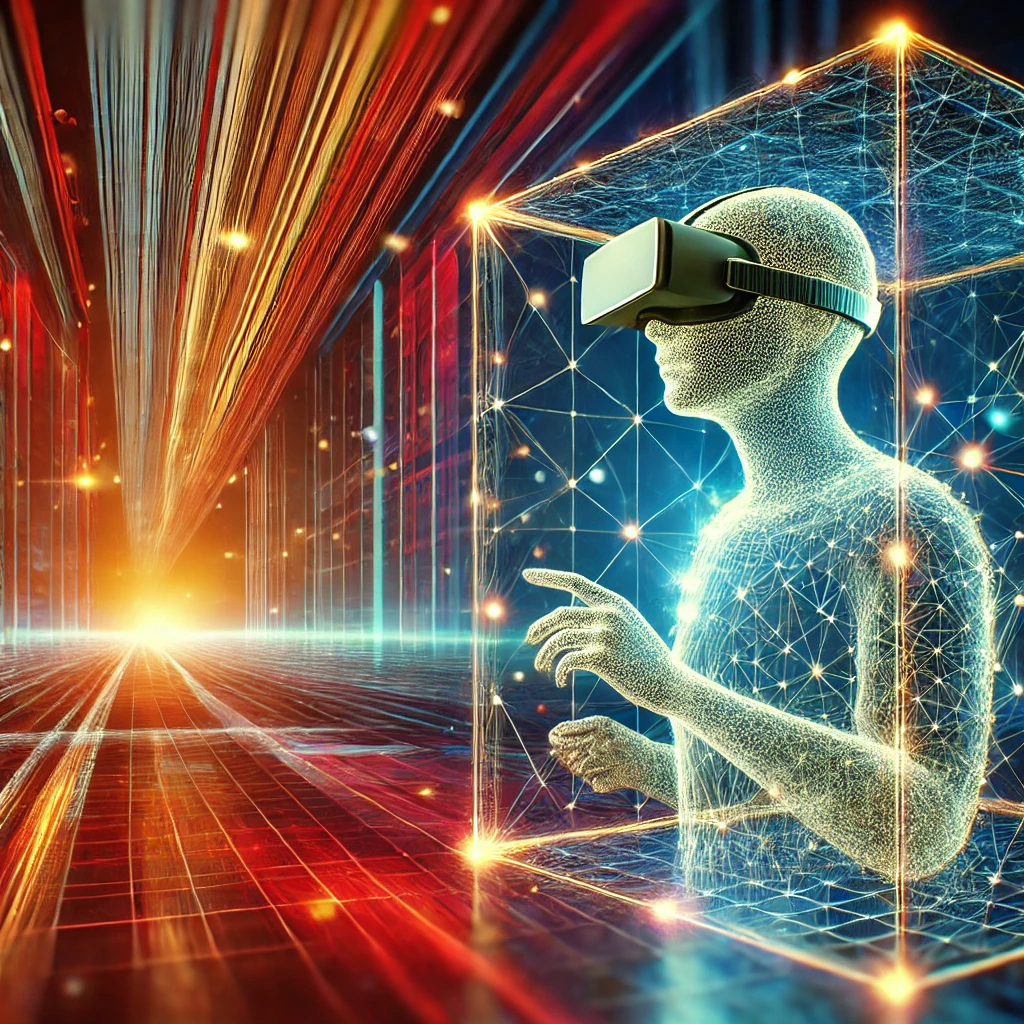Introduction
Volumetric scanning is one of the most exciting technologies shaping the future of digital content creation. From creating realistic avatars in video games to revolutionizing virtual reality (VR), volumetric scanning is pushing the boundaries of what’s possible. However, like any cutting-edge technology, it comes with its own set of challenges. In this article, we’ll explore the hurdles faced by volumetric scanning today and take a look at the future trends that could overcome these challenges and unlock even more potential.
What is Volumetric Scanning?
Before we dive into the challenges and trends, let’s quickly recap what volumetric scanning is. Unlike traditional 3D scanning, which captures the surface of an object, volumetric scanning captures the entire volume of an object or scene, including internal details. This results in a highly detailed 3D model that can be viewed and interacted with from any angle, making it incredibly useful for applications like VR, gaming, and even medical imaging.
The Challenges in Volumetric Scanning
While volumetric scanning holds great promise, there are several challenges that need to be addressed to fully realize its potential:
- Volumetric scanning generates massive amounts of data. Capturing every tiny detail of an object or environment requires high-resolution cameras and sensors, which produce large files. Processing this data into a usable 3D model is both time-consuming and resource-intensive. Additionally, storing these large files requires significant storage capacity, which can be costly.
- Data Processing and Storage
Real-Time Rendering
- One of the biggest challenges is achieving real-time rendering of volumetric scans. For applications like VR and live broadcasts, it’s crucial to process and render the scanned data instantly. However, the sheer volume of data makes this difficult, often resulting in delays or lower quality rendering. This is a significant hurdle in making volumetric scanning more practical for real-time applications.
Cost and Accessibility
- The technology and equipment required for volumetric scanning are still expensive, limiting its accessibility to larger companies and institutions. High-end cameras, sensors, and powerful computing systems are necessary to achieve high-quality scans, which can be a barrier for smaller businesses or independent creators.
Accuracy and Detail
- While volumetric scanning is incredibly detailed, achieving perfect accuracy is still a challenge. Factors like lighting, movement during scanning, and the complexity of the object being scanned can affect the final result. Inaccuracies can lead to distorted models, which is a problem, especially in applications like medical imaging or product design where precision is critical.

Future Trends in Volumetric Scanning
Despite these challenges, the future of volumetric scanning is bright. Here are some trends that are set to address these hurdles and take the technology to the next level:
Advancements in AI and Machine Learning
- Artificial intelligence (AI) and machine learning are poised to revolutionize volumetric scanning. These technologies can be used to optimize data processing, improving the speed and accuracy of creating 3D models. AI can also help fill in gaps in the data, enhancing the detail and realism of scans without requiring additional hardware.
- As volumetric scanning continues to evolve, so will the techniques for compressing the data it generates. Improved compression algorithms will allow for more efficient storage and faster processing, making the technology more accessible and practical for real-time applications.
Improved Compression Techniques
Affordable and Portable Scanning Solutions
- The cost of volumetric scanning equipment is expected to decrease as the technology becomes more widespread. We’re already seeing the development of more affordable and portable scanning solutions that make it easier for smaller companies and independent creators to access this technology.
Integration with Cloud Computing
- Cloud computing will play a significant role in overcoming the challenges of data processing and storage. By leveraging the power of the cloud, volumetric scanning data can be processed and stored more efficiently, reducing the need for expensive local hardware.
Enhanced Real-Time Capabilities
- The development of faster processors and more efficient algorithms will improve the real-time capabilities of volumetric scanning. This will be a game-changer for live VR experiences, virtual meetings, and other applications where real-time interaction is essential.

Conclusion
Volumetric scanning is a powerful technology with the potential to revolutionize numerous industries, from entertainment to healthcare. While there are challenges to overcome, advancements in AI, compression techniques, and real-time processing are paving the way for broader adoption and new applications. As the technology continues to evolve, we can expect to see volumetric scanning become more accessible, accurate, and integrated into our everyday lives.





